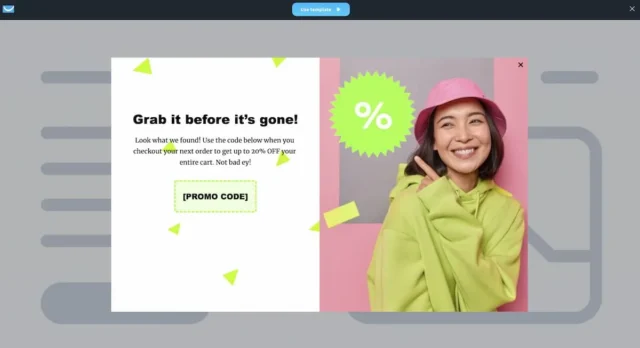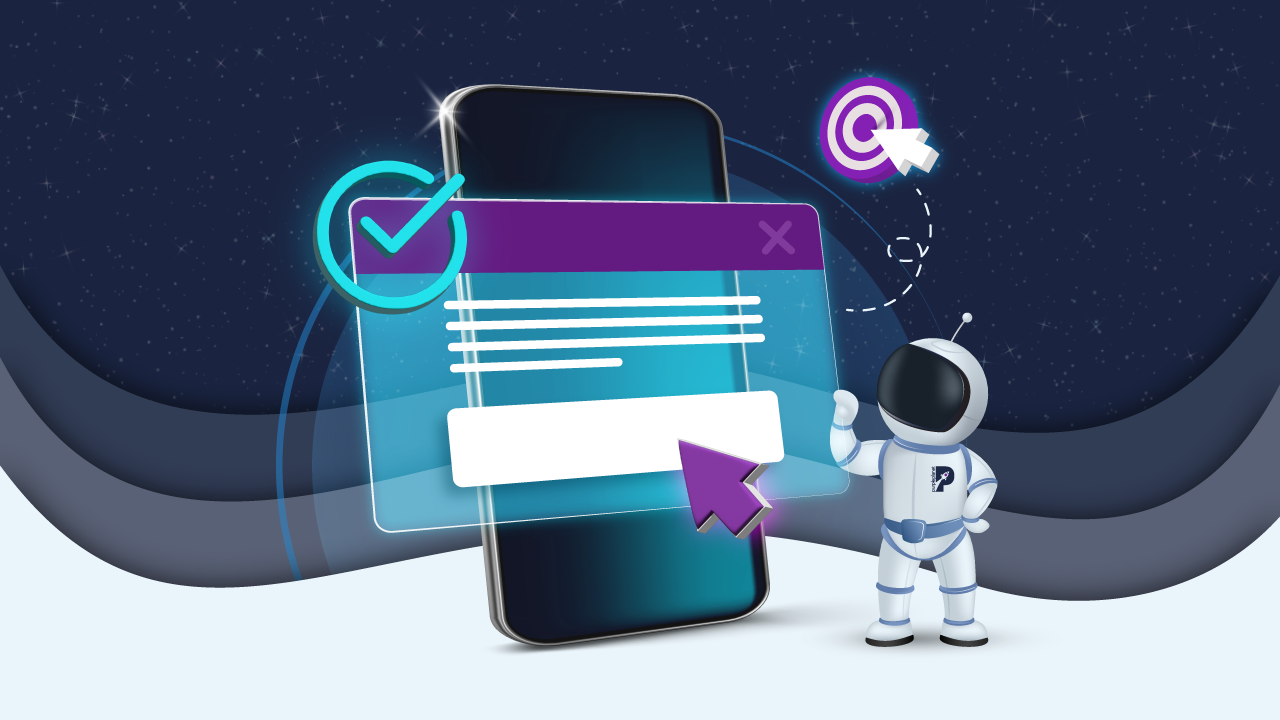Website popups can be an effective way to capture leads, promote special offers, or encourage sign-ups. However, poorly designed popups can frustrate users and lead to high bounce rates. To create popups that convert visitors into leads or customers, it’s essential to follow best practices. Here’s a guide to help you craft effective website popups that enhance user experience and drive conversions.

1. Define Your Goal
Before designing your popup, clearly define its purpose. Common goals for popups include:
- Email Sign-Ups: Encourage visitors to subscribe to newsletters or updates.
- Lead Generation: Capture contact information for future marketing efforts.
- Promotions: Highlight discounts, limited-time offers, or special deals.
- Survey Participation: Gather feedback from users to improve your offerings.
Understanding your goal will guide your design and messaging strategy.
2. Timing is Everything
The timing of your popup can significantly impact its effectiveness. Consider the following strategies:
- On-Exit Intent: Trigger a popup when a user is about to leave the site. This can encourage them to reconsider before exiting.
- After a Specific Time: Set a delay (e.g., 10-15 seconds) before displaying the popup. This allows users to engage with your content before being interrupted.
- Scroll Percentage: Display the popup after the user has scrolled a certain percentage of the page (e.g., 50%). This indicates genuine interest in your content.
Using these timing strategies can help ensure that users are more receptive to your popup.
3. Keep It Simple and Clear
A cluttered or complicated popup can deter visitors. To create a user-friendly experience:
- Limit Content: Use concise messaging that clearly communicates the value of your offer. Avoid excessive text and keep your call-to-action (CTA) straightforward.
- Focus on One Action: Stick to one primary action per popup, whether it’s signing up for a newsletter or redeeming a discount.
Simplicity enhances user comprehension and increases the likelihood of conversion.
4. Design for Impact
Visual design plays a crucial role in popup effectiveness. Here are some design tips:
- Use Contrasting Colors: Make your popup stand out from the rest of the page by using colors that contrast with your website’s design. However, ensure the colors align with your brand identity.
- High-Quality Images: If applicable, use relevant and appealing images to enhance your message. Visual elements can help capture attention and convey your offer’s value.
- Mobile Responsiveness: Ensure your popup is mobile-friendly. A significant portion of web traffic comes from mobile devices, and a poorly designed popup can negatively affect the user experience.
A visually appealing and well-designed popup can capture attention and encourage action.
5. Create Compelling Copy
The language you use in your popup can significantly influence conversions. Here are some tips for writing effective copy:
- Highlight Benefits: Focus on the benefits users will gain from taking action. For example, instead of saying “Sign up for our newsletter,” say “Get exclusive tips and discounts straight to your inbox.”
- Urgency and Scarcity: Incorporate urgency by using phrases like “Limited time offer” or “Only a few spots left.” This can motivate users to act quickly.
- Personalization: Tailor your messaging based on user behavior or demographics. Personalized popups can create a stronger connection with the user.
Effective copywriting can resonate with visitors and encourage them to take action.
6. Provide an Easy Exit
While your goal is to convert visitors, it’s also important to respect their browsing experience. Ensure your popup has a clear and easy way to close it. This can include:
- Close Button: Use a visible “X” button or a “No thanks” link to allow users to dismiss the popup easily.
- Don’t Show Again Option: Consider offering a checkbox that lets users opt out of seeing the popup again. This can improve user satisfaction and reduce frustration.
Providing an easy exit option ensures that users don’t feel trapped, fostering a positive experience even if they don’t convert.
7. Test and Optimize
Continuous improvement is key to achieving higher conversion rates. Regularly test different elements of your popups to see what resonates best with your audience. Consider the following:
- A/B Testing: Experiment with different designs, copy, and CTAs to identify which combinations yield the best results.
- Analyze Data: Use analytics tools to track popup performance metrics such as conversion rates, bounce rates, and user engagement. This data can provide valuable insights for future adjustments.
Regular testing and optimization can help you refine your strategy and improve overall performance.
8. Comply with Regulations
Ensure that your popup complies with data protection regulations, such as GDPR or CCPA. This includes:
- Obtaining Consent: If you’re collecting personal data, make sure to inform users about how their data will be used and obtain their consent.
- Privacy Policy: Link to your privacy policy in the popup to reassure users that their information will be handled securely.
Compliance is crucial for building trust and maintaining a positive brand reputation.
Conclusion
Creating a website popup that converts requires careful planning, design, and strategy. By defining your goals, timing your popups effectively, keeping the design simple and clear, and continuously optimizing your approach, you can create popups that not only engage users but also drive conversions. Implement these best practices to enhance your website’s performance and achieve your marketing objectives. With the right approach, website popups can be a powerful tool for capturing leads and increasing sales.


No responses yet